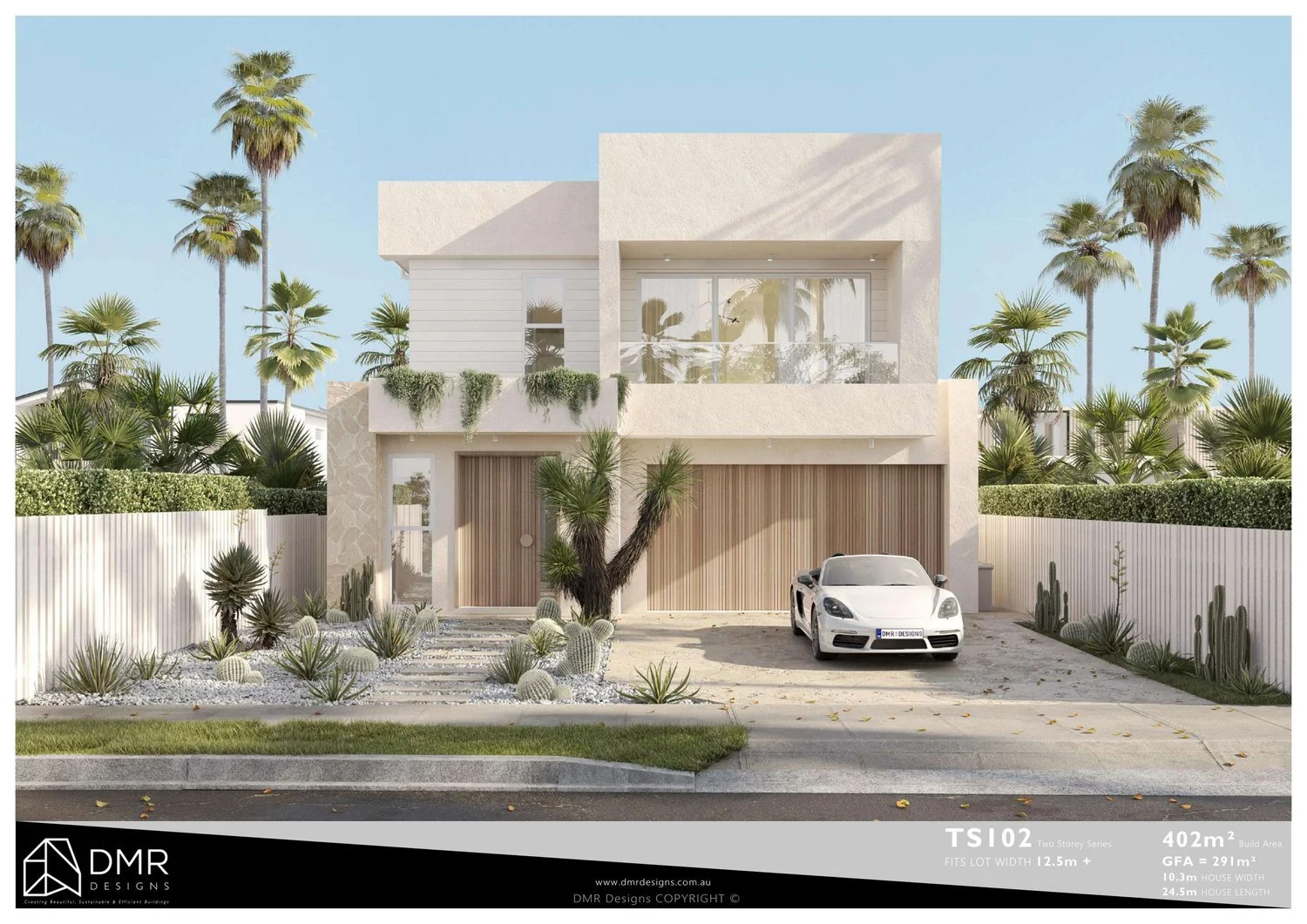Building designers are crucial in the constantly changing world of architecture as they are responsible for creating the environments in which we reside, work, and enjoy ourselves. Their knowledge bridges the divide between architectural concepts and practical implementation, guaranteeing that structures are not only visually appealing but also practical, secure, and environmentally friendly. Let's take a closer look at the vital duties and obligations of building designers in contemporary architecture.
Conceptual Design and Vision
Building designers are at the forefront of transforming abstract ideas into concrete plans. They work closely with clients to understand their needs, preferences, and vision for a project. Through sketches, digital models, and detailed plans, designers:
Create Initial Concepts: Translating client ideas into preliminary designs.
Develop Aesthetic Solutions: Ensuring that the design aligns with the desired style and functionality.
Incorporate Feedback: Iteratively refining the design based on client input and practical considerations.
Technical Expertise and Knowledge
Building designers possess a deep understanding of construction techniques, materials, and building codes. Their technical expertise ensures that designs are not only beautiful but also structurally sound and compliant with regulations. Key aspects include:
Structural Integrity: Designing buildings that can withstand environmental stresses and loads.
Material Selection: Choosing appropriate materials that balance aesthetics, cost, and sustainability.
Regulatory Compliance: Ensuring designs meet local building codes and standards.
Sustainability and Environmental Considerations
In an era where sustainability is paramount, building designers play a crucial role in integrating eco-friendly practices into their projects. They are responsible for:
Energy Efficiency: Designing buildings that minimize energy consumption through insulation, passive solar design, and efficient systems.
Sustainable Materials: Selecting renewable, recycled, or low-impact materials.
Green Building Practices: Incorporating features like green roofs, rainwater harvesting, and waste reduction strategies.
Project Management and Coordination
Building designers often take on the role of project managers, coordinating various aspects of the design and construction process. Their responsibilities include:
Collaboration with Stakeholders: Working with architects, engineers, contractors, and clients to ensure seamless project execution.
Timeline Management: Keeping the project on schedule from initial design to final construction.
Budget Control: Ensuring the project stays within financial constraints while maintaining quality and design integrity.
Innovation and Adaptation
Modern architecture demands constant innovation to address new challenges and embrace emerging trends. Building designers are at the cutting edge of this innovation, utilizing the latest technologies and design methodologies to create forward-thinking solutions. This involves:
Adopting New Technologies: Using advanced software for 3D modeling, virtual reality, and BIM (Building Information Modeling) to enhance design accuracy and collaboration.
Responsive Design: Creating adaptable spaces that can evolve with changing needs, such as flexible office layouts or multi-functional residential spaces.
Sustainable Innovations: Implementing cutting-edge sustainability practices, like net-zero energy buildings or smart home technologies.
Client Advocacy and Support
Building designers serve as advocates for their clients, ensuring that their needs and interests are represented throughout the project. They provide support in:
Navigating Regulations: Helping clients understand and comply with complex building codes and zoning laws.
Securing Approvals: Assisting with obtaining necessary permits and approvals from local authorities.
Ongoing Consultation: Providing continuous guidance and adjustments to meet client expectations and address any emerging issues.
Conclusion
The role of building designers in modern architecture is multifaceted, encompassing creative vision, technical expertise, sustainability, project management, innovation, and client advocacy. They are essential collaborators in the architectural process, transforming ideas into reality and ensuring that the built environment is both beautiful and functional. As the demands of modern living continue to evolve, residential building designers will remain at the forefront, crafting spaces that meet the needs of today while anticipating the challenges of tomorrow.

